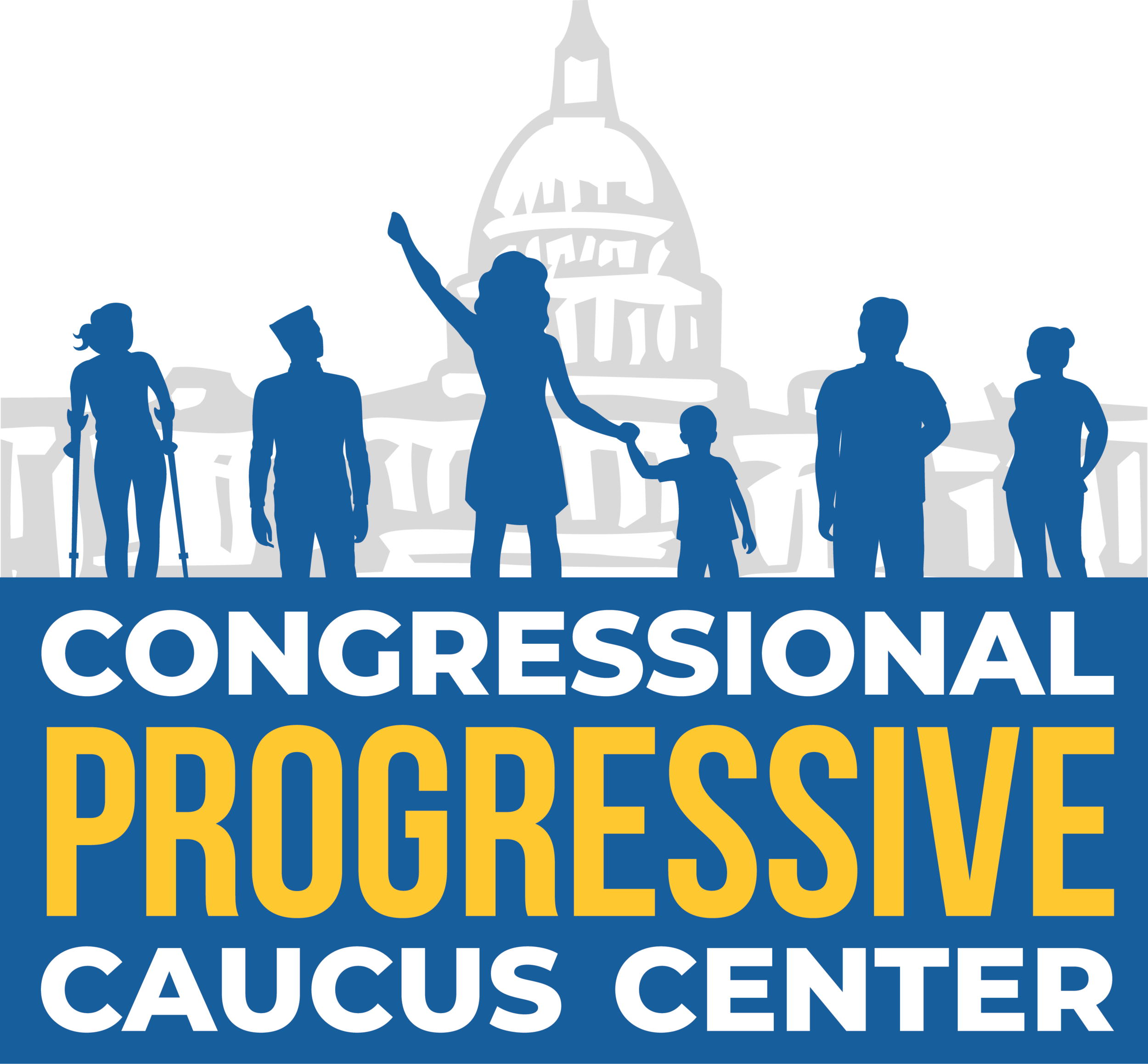Understanding TRUMP’s LATEST ATTACK ON FEDERAL UNIONS AND WORKERS’ RIGHTS
Updated March 28, 2025
Author: Sara Steffens, Worker Power Director (sara@progressivecaucuscenter.org)
Introduction
Late in the evening on Thursday, March 27th, the Trump administration issued an Executive Order (EO) abolishing the union rights of over a million federal workers nationwide.
An accompanying “fact sheet” and Office of Personnel Management memo spells out the order’s immediate effects, which include terminating union contracts protecting workers at more than 30 agencies, vacating grievances, ceasing the collection of union dues, and mandating swift returns to office.
Citing a provision of the Civil Service Reform Act of 1978 (CSRA), the fact sheet claims the move is necessary to improve national security. It also suggests that the action was triggered by the free speech and political beliefs of federal workers, claiming that “certain Federal unions have declared war on President Trump’s agenda.”
“The largest Federal union describes itself as ‘fighting back’ against Trump. It is widely filing grievances to block Trump policies,” the fact sheet notes. It goes on to state that: “President Trump supports constructive partnerships with unions who work with him.”
The reaction from the labor movement was swift and furious – the American Federation of Government Employees (AFGE) announced that it is preparing immediate legal action, and the AFL-CIO called the move “the very definition of union-busting.”
What are the effects of the Order?
This order, if allowed to stand, immediately removes the representation rights of more than one million federal employees, including the ability of their unions to protect their rights to free speech, to fight to preserve essential government functions, and to blow the whistle on government actions that violate the law or endanger the public.
The OPM memo instructs affected agencies to terminate their collective bargaining agreements (CBAs), disregard contractual procedures for reductions in force (RIFs), quit handling union grievances and arbitrations, stop collecting union dues, and mandate swift returns-to-office.
Who Is Covered?
The Executive Order affects over one million career federal employees who work in every state, helping veterans, supporting farmers, protecting our food supply, responding to disasters and completing other critical tasks. More than 80 percent of the total federal workforce is stationed outside DC; and nearly one third are veterans.
The Executive Order covers more than 30 agencies, including all or part of:
The Department of Defense;
The Department of Homeland Security;
Environmental Protection Agency;
The Federal Communications Commission;
The General Services Administration;
Health and Human Services;
The National Science Foundation;
The State Department;
The US Agency for International Development (US AID);
Veterans Affairs;
And many other agencies.
Here’s the full list of affected departments and agencies, including specific exemptions.
Who is not Covered?
Despite the administration’s claim that this move was rooted in national security concerns, the Executive Order does not cover intelligence functions outside the Defense Department, or U.S. Customs and Border Protection, which includes Border Patrol, whose union endorsed Trump in 2024.
The EO also explicitly exempts “agency police officers, security guards, or firefighters,” as well as certain sections of the U.S. Marshalls.
Why is this Significant?
AFGE President Everett Kelley called the order “a disgraceful and retaliatory attack on the rights of hundreds of thousands of patriotic American civil servants — nearly one-third of whom are veterans — simply because they are members of a union that stands up to his harmful policies.”
"This administration’s bullying tactics represent a clear threat not just to federal employees and their unions, but to every American who values democracy and the freedoms of speech and association,” said Kelley. “Trump’s threat to unions and working people across America is clear: fall in line or else.”
AFL-CIO President Liz Shuler called all union members to speak out.
“The labor movement is not about to let Trump and an unelected billionaire destroy what we’ve fought for generations to build,” said Shuler. “We will fight this outrageous attack on our members with every fiber of our collective being.”
Is there any precedent for this?
Earlier this month, the Department of Homeland Security stripped collective bargaining rights from nearly 50,000 workers at the Transportation Safety Administration (TSA). AFGE is suing, calling the action unconstitutional retaliation against members’ right to free speech.
In 1981, President Reagan decertified the Professional Air Traffic Controllers Organization (PATCO), after members refused to obey his order to end a strike and return to work. To this day, many union leaders see the PATCO defeat as a turning point that emboldened employers and accelerated a sharp decline in worker power in the decades since. In the labor movement, a “PATCO Moment” refers to an overt anti-union attack that begs all working people to stand together, or pay the price.
While there have been attacks on federal workers’ unions before, the size and scale of Trump’s March 27th action is unprecedented. The number of workers stripped of union rights by this Executive Order is roughly 90 times larger than those affected by Reagan’s PATCO actions.
Union leaders are asking advocates to take action and speak out publicly through statements, social media posts and letters to the editor; by contacting members of Congress; and by joining rallies and other actions to show their support for workers’ rights and workplace democracy.

